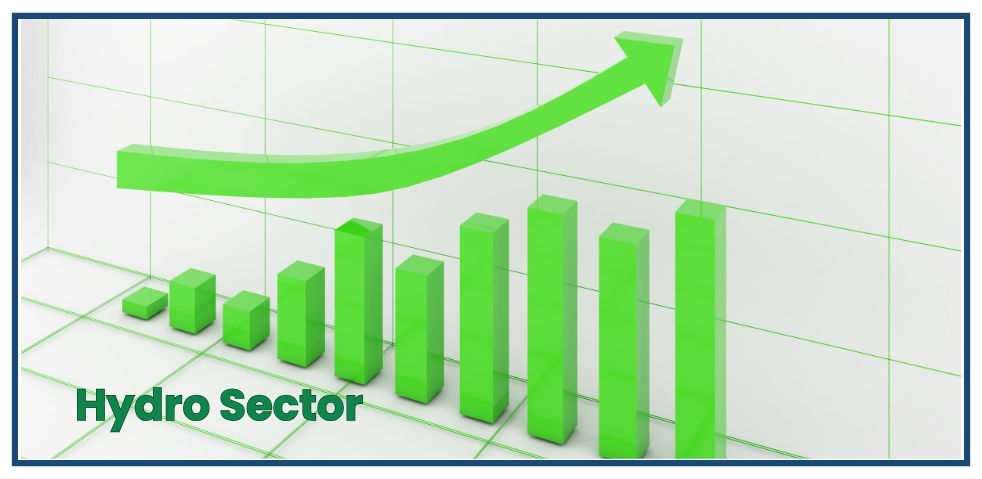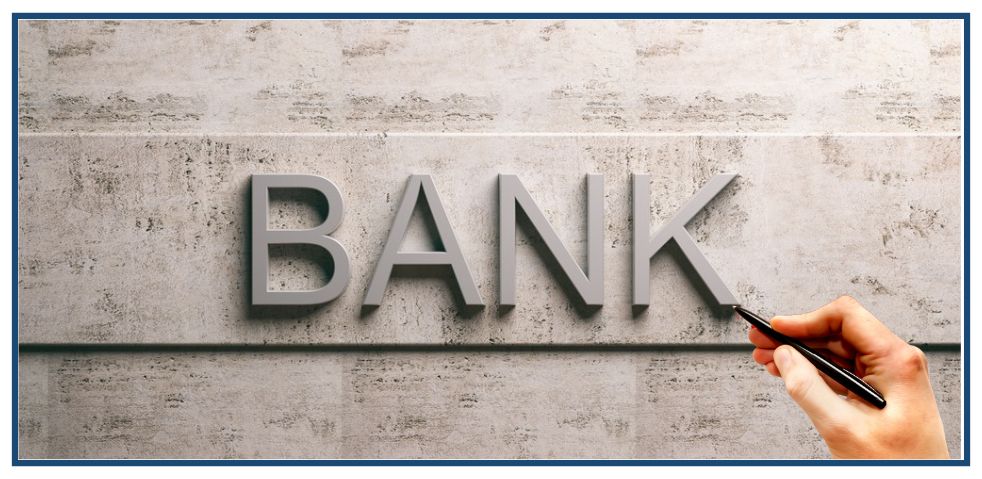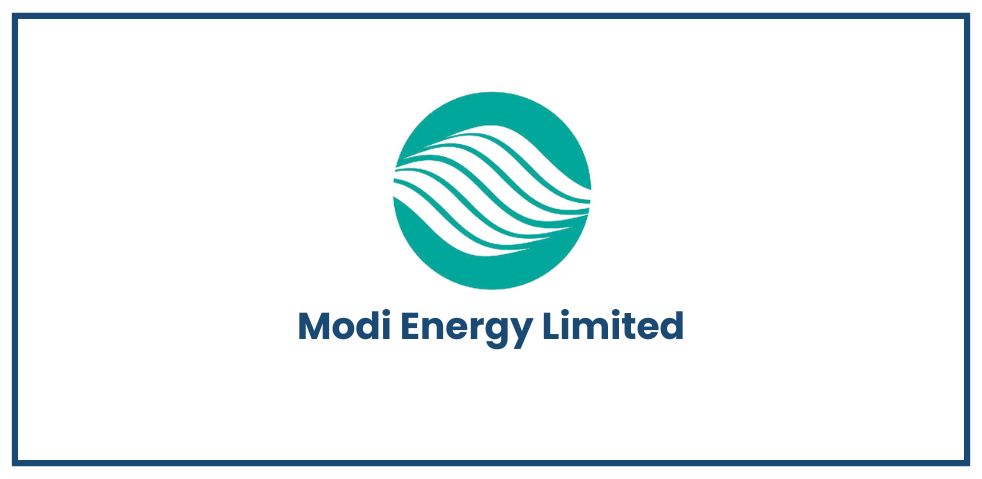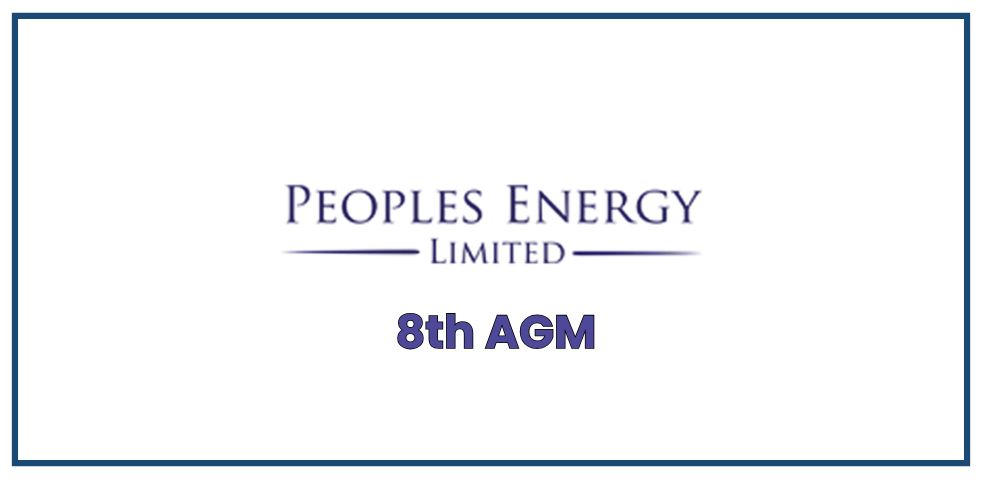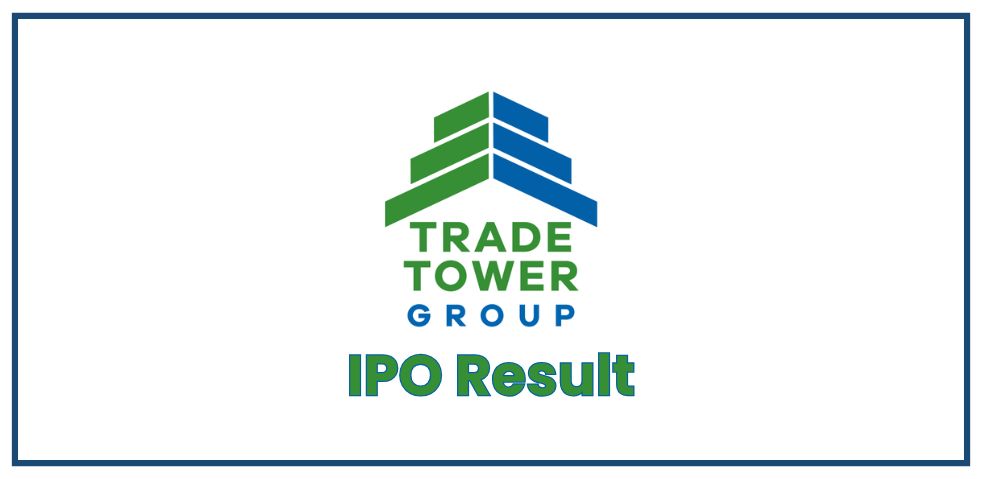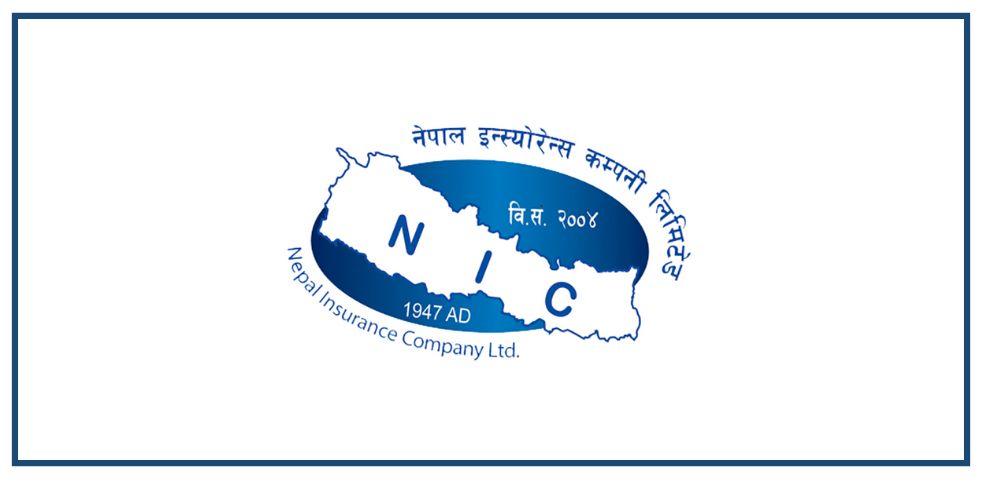In the past month, Nepal’s share market has shown only slight growth, with the NEPSE index rising by just 1.68%. However, the hydropower sector has emerged as the top-performing sector, recording a sharp 7.89% increase during the same period. This rise comes even as several other sectors faced a decline.
Some hydropower companies have seen their stock prices jump by as much as 92% within a month. Two of the most notable performers are Butwal Power Company and newly listed Pure Energy, both of which have reached their highest-ever market prices.
Not only has the sector index grown, but trading volume and turnover have also increased significantly. A month ago, hydropower stocks accounted for around 50% of the total market turnover. Now, that figure has surged to nearly 70%. For example, on a recent trading day, out of a total NPR 9.08 billion turnover, NPR 6.03 billion (or 66%) came from the hydropower sector alone.
Companies with the Highest Price Growth in One Month

Why is Hydropower Attracting More Investors?
The key reason behind this increased interest is the improving financial reports of hydropower companies and the expectation of even better results. According to Bharat Ranabhat, former president of the Stock Brokers Association of Nepal, falling interest rates have reduced the financing costs of hydropower projects. This has positively impacted the profit margins of these companies.
Investors believe that the upcoming fourth-quarter financial reports will be even more favorable. As explained by investor Subash Chandra Dhungana, electricity production increases during the monsoon season, boosting income. Traditionally, most of a hydropower company’s annual earnings are made in the months of Baisakh, Jestha, and Ashad — the fourth quarter of the Nepali fiscal year.
In the share market, the banking and hydropower sectors are often seen as the two strongest. Historically, when banks underperform, hydropower tends to rise, and vice versa. This pattern is visible again. While banks are currently struggling with rising non-performing loans (NPLs) and increasing loan loss provisions, hydropower is gaining strength due to financial improvement.
Other sectors face challenges in this quarter. For example, banks, development banks, and finance companies are affected by rising NPLs, which directly reduce profits. Insurance companies, both life and non-life, have seen a rise in share numbers due to rights and bonus shares; however, business growth has not kept pace, resulting in a decline in earnings per share.
Production and processing companies are also under pressure due to weak demand and slow sales. These difficulties are not present in the hydropower sector. Power produced is sold as per agreements, and payments are received promptly, which provides stability and confidence to investors.
Big Investors Turn to Hydropower
With other sectors struggling, large investors have shifted their focus to hydropower. Companies with larger capital have seen both prices and trading volumes rise. One key feature of this sector is the wide range of company sizes. Hydropower firms in Nepal have paid-up capital ranging from NPR 134 million to over NPR 8.72 billion. This allows both big investors and general shareholders to find suitable options in this sector. The share prices also vary widely — from under NPR 200 to as high as NPR 1,850 per share — increasing the sector’s overall appeal.
Spotlight on Butwal Power Company
Among all hydropower companies, Butwal Power Company (BPC) has gained significant attention. Its share price is at a record high, and it consistently ranks among the top five in daily trading volume. BPC had planned to sell 3.1 million shares of Nyadi Hydropower, but the Securities Board of Nepal (SEBON) halted the sale. SEBON stated that since BPC’s directors are also involved in Nyadi, the sale goes against regulatory rules.
Despite this, rumors in the market suggest that BPC may still make a huge profit by selling those shares at nearly four times their original price. The shares were initially valued at NPR 100 each, and now the market value is around NPR 440. If the sale goes through, BPC could earn over NPR 1 billion in profit, which might be distributed as dividends to shareholders.
Other hydropower companies are also rumored to be planning similar share sales, leading to expectations of strong fourth-quarter earnings from asset sales.
Conclusion
The hydropower sector is currently the most attractive area of Nepal’s stock market. With better financial performance, timely earnings, low risk of payment delays, and a wide range of investment options, it has caught the attention of both large and small investors. As other sectors struggle, hydropower continues to shine, making it the clear leader in this month’s share market activity.
